Choosing the best outdoor epoxy resin for wood can make all the difference in the durability and appearance of your projects. Outdoor conditions demand a resin that resists UV rays, weather, and wear while enhancing the natural beauty of the wood.
In this guide, we’ll break down the key factors to consider and the types of epoxy resin that work best outdoors. With the right resin and application tips, your wood projects will stay protected and look stunning for years to come.
Protect your wood projects with durable, weatherproof options from our Outdoor Epoxy Resin Collection.
How to Choose Outdoor Epoxy Resin

To select the right outdoor epoxy resin, evaluate three main factors: the product's ability to withstand weather and UV exposure, its durability against physical damage, and the quality of finish it provides. These characteristics determine whether your wood project will maintain its appearance and protection over time.
Weather Resistance and UV Protection
UV resistance is the most important factor when choosing outdoor epoxy resin. Direct sunlight breaks down unprotected epoxy, causing yellowing and surface degradation within months.
Choose epoxy systems formulated with UV stabilizers. These additives prevent the resin from breaking down under sun exposure. Marine-grade epoxies often include superior UV protection.
Water resistance protects your wood from moisture damage. Quality outdoor epoxy creates a waterproof barrier that stops rot, warping, and delamination.
The best epoxy resin for wood stays flexible during temperature swings. Rigid epoxies crack when wood expands and contracts with weather changes.
Check the manufacturer's specifications for operating temperature ranges. Some epoxies work well from -40°F to 180°F, while others have narrower ranges.
Durability and Impact Resistance
Impact resistance shows how well your epoxy coating handles physical stress. Outdoor wood surfaces face falling branches, hail, and everyday wear.
Hardener chemistry affects durability significantly. Amine-based hardeners provide better impact resistance than acid-based systems. The mixing ratio between resin and hardener also influences final strength.
Scratch resistance keeps your finish looking new longer. Choose epoxy systems that cure to a hard, scratch-resistant surface. This prevents damage from cleaning, foot traffic, or moving objects.
Adhesion strength ensures the epoxy bonds permanently to wood. Quality outdoor epoxies penetrate wood fibers deeply, creating strong mechanical bonds.
Shore hardness ratings indicate surface durability. Higher numbers mean harder, more scratch-resistant surfaces. Look for Shore D ratings above 80 for outdoor applications.
Clarity and Finish Quality
Clarity affects how your wood's natural beauty shows through the epoxy coating. High-quality resins cure crystal clear without yellowing or cloudiness.
Glossy finish quality depends on the epoxy's self-leveling properties. Better epoxies flow smoothly and create mirror-like surfaces. Poor-quality products leave visible application marks.
Bubble release capability ensures smooth finishes. Outdoor epoxies should allow trapped air to escape during curing. This prevents unsightly bubbles in the final coating.
Thickness capability varies between products. Some epoxies work best in thin coats, while others handle thick pours. Match the product to your application method.
Color stability over time separates quality epoxies from cheaper alternatives. The best epoxy resin for wood maintains clarity and color for years without significant change.
Enhance your wood’s natural beauty using our crystal-clear formulas in the Clear Epoxy for Wood Collection.
Types of Outdoor Epoxy Resin Suitable for Wood
Different epoxy resin formulations serve specific purposes for outdoor wood projects. Clear epoxy resin provides natural wood enhancement. Curing speed affects project timing, and food-safe options ensure health compliance for kitchen applications.
Clear Epoxy Resin for Natural Wood Beauty
Clear epoxy resin is the most popular choice for outdoor wood projects. You get crystal clear epoxy resin that showcases the natural grain patterns in your wood.
Crystal clear epoxy resin works best for:
- River tables with transparent fills
- Bar tops that highlight wood grain
- Outdoor furniture protection
- Decorative art pieces
The best clear epoxy resin maintains its transparency without yellowing from UV exposure. Look for products with UV stabilizers that prevent color changes over time.
Some epoxy resin kits include anti-foaming agents to remove bubbles automatically during curing.
Quality clear formulations resist moisture and temperature changes. They create a glass-like finish that protects wood while keeping it visible underneath.
Fast-Curing vs. Standard-Curing Formulas
Your project timeline determines which curing speed works best. Fast-curing epoxy hardens in 6-12 hours at room temperature. Standard formulas take 24-48 hours to fully cure.
Fast-curing benefits:
- Quick turnaround for projects
- Less dust accumulation during curing
- Faster multiple coat application
Standard-curing advantages:
- Longer working time for large projects
- Better bubble release
- Stronger final bond strength
Deep pour epoxy resin requires slower curing to prevent cracking. These formulas handle thickness up to 2 inches in single pours.
Temperature affects both types. Cold weather extends curing time. Hot conditions speed up the process but may cause application problems.
Food-Safe and Non-Toxic Options
Food-safe epoxy resin is essential for kitchen counters and dining surfaces. These formulations meet FDA standards once fully cured.
Key safety features:
- Zero VOC emissions after curing
- No chemical leaching into food
- USDA approval for food contact
Eco-friendly epoxy options use plant-based components instead of petroleum products. These reduce environmental impact while maintaining performance.
Non-toxic formulas produce minimal odor during application, making indoor work more comfortable and safer.
Check certification labels before purchasing. Look for specific food-safe ratings rather than general safety claims.
Some epoxy resin kits include safety equipment like gloves and masks. Always use proper ventilation regardless of the formula you choose.
Tips for Using Outdoor Epoxy Resin on Wood

Success with outdoor epoxy resin depends on proper surface preparation, correct application techniques, and ongoing maintenance. Preparing your wood and using the right curing methods will ensure your projects last for years.
Preparing Wood Surfaces Properly
Clean wood is the foundation of any successful epoxy project. Remove all dirt, oils, and old finishes using sandpaper or a chemical stripper.
Sand the wood with 120-grit sandpaper to create a rough surface. This helps the epoxy stick better to the wood fibers. Always sand in the direction of the wood grain.
Check the wood's moisture content before applying epoxy. Wood should be completely dry with less than 12% moisture content. Wet wood will cause the epoxy to fail.
Remove all dust and debris with a tack cloth or compressed air. Even small particles can create bumps in your finished surface.
Fill any cracks or holes with wood filler first. Let it dry completely before sanding smooth. This prevents air bubbles from forming in these areas during the epoxy cure.
Applying Resin for Best Results
Mix your epoxy resin and hardener exactly as the manufacturer states. Use a clean container and stir for at least 3 minutes to ensure proper mixing.
Pour the mixed epoxy onto your prepared wood surface. Work quickly since most table top epoxy resin has a working time of 20-30 minutes at room temperature.
Use a heat gun or torch to remove air bubbles that rise to the surface. Keep the heat source moving to avoid overheating any one spot.
Self-leveling epoxy will spread on its own, but you can use a foam brush to guide it into corners. Don't overwork the epoxy once it starts to thicken.
Allow proper curing time based on temperature and humidity. Most outdoor epoxy needs 24-48 hours to cure completely. Avoid touching or disturbing the surface during this time.
Maintaining and Protecting Outdoor Resin Projects
Clean your epoxy-coated wood regularly with mild soap and water. Avoid harsh chemicals that can damage the resin surface.
Apply a fresh coat of epoxy every 2-3 years for high-traffic surfaces like countertop epoxy resin projects. Outdoor furniture may need recoating more often due to weather exposure.
Watch for signs of wear like scratches or yellowing. Address these issues quickly to prevent water from reaching the wood underneath.
Store removable items like river table tops indoors during extreme weather. This extends the life of your epoxy coating.
Use coasters and trivets to protect surfaces from heat and moisture. Even heat-resistant epoxy can be damaged by very hot items placed directly on the surface.
Keep your workspace safe and fresh with the VOC Air Filter Collection, designed to remove harmful fumes.
Conclusion: Best Outdoor Epoxy Resin for Wood
Choosing the best outdoor epoxy resin for wood ensures your projects stay beautiful and protected against the elements. Look for UV resistance, waterproofing, and durability to keep your wood looking great for years. Proper preparation and application also play a big role in lasting results.
With the right epoxy, your outdoor wood pieces can withstand sun, rain, and temperature changes without yellowing or peeling.
Want to protect other outdoor surfaces? Check out our guide on the Best Outdoor Epoxy Resin for Concrete for expert tips.
Frequently Asked Questions
Can you use epoxy on wood outdoors?
Yes, but only with outdoor-rated epoxy that resists UV and water. Indoor epoxy fails under sunlight and weather. Outdoor formulas seal wood and protect it deeply.
Which epoxy resin is best for wood?
It depends on your project. For furniture, choose epoxy with strong UV and water resistance. Wood repairs may require different epoxy types.
Will epoxy resin last outside?
High-quality outdoor epoxy lasts when applied correctly. Cheap or indoor epoxy yellows and cracks in sunlight. Proper prep improves durability.
How long does outdoor epoxy last?
Good outdoor epoxy lasts 5-10 years or more. UV, temperature, and moisture affect its lifespan. Regular cleaning and protection help it last longer

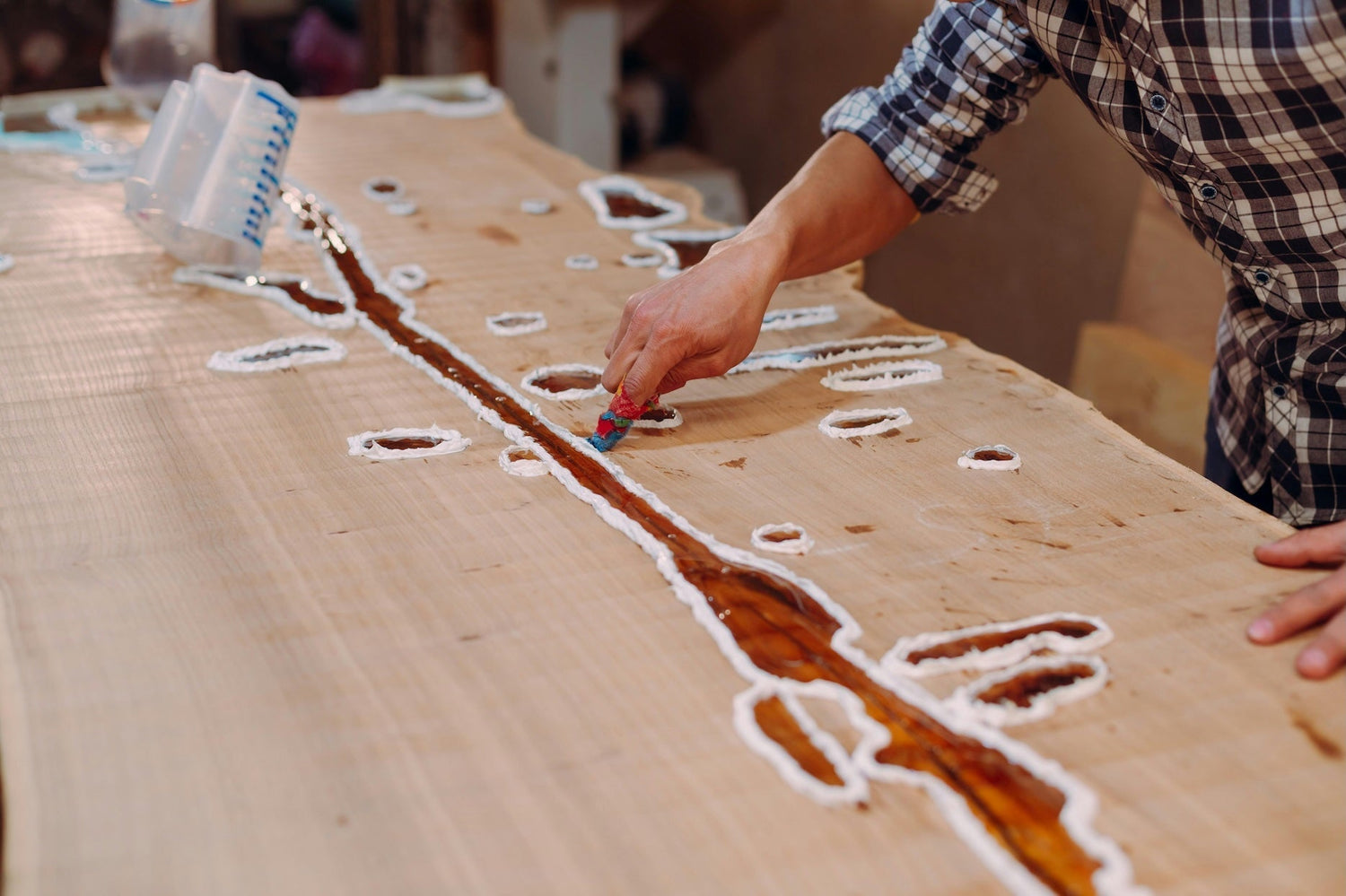

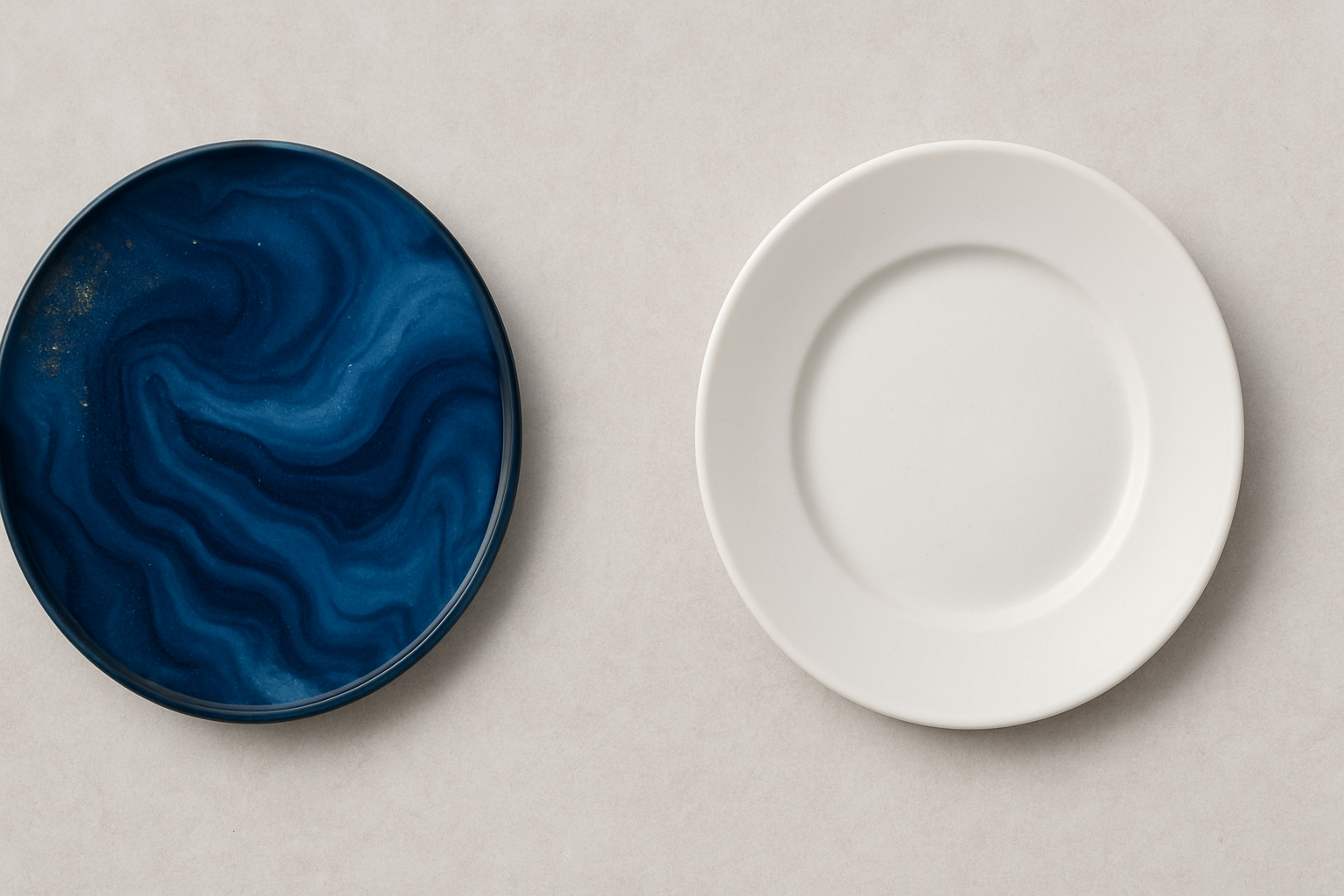
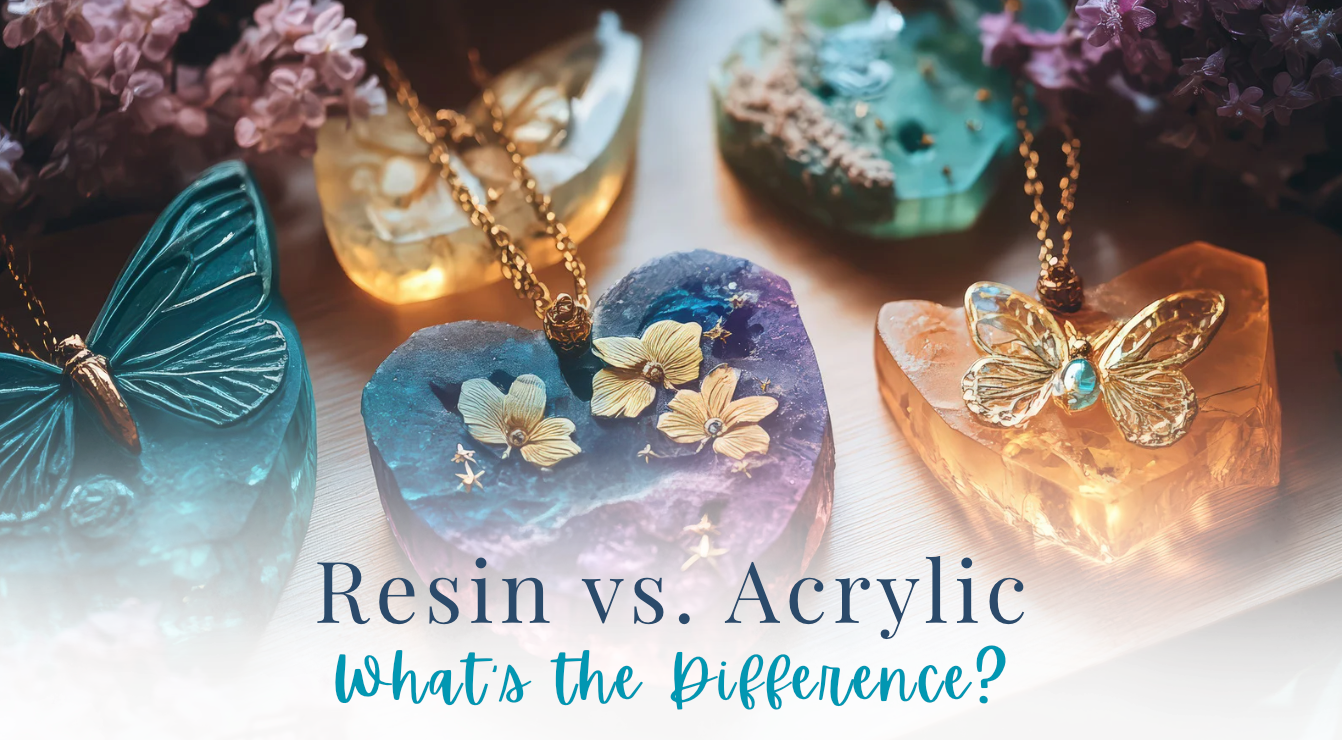
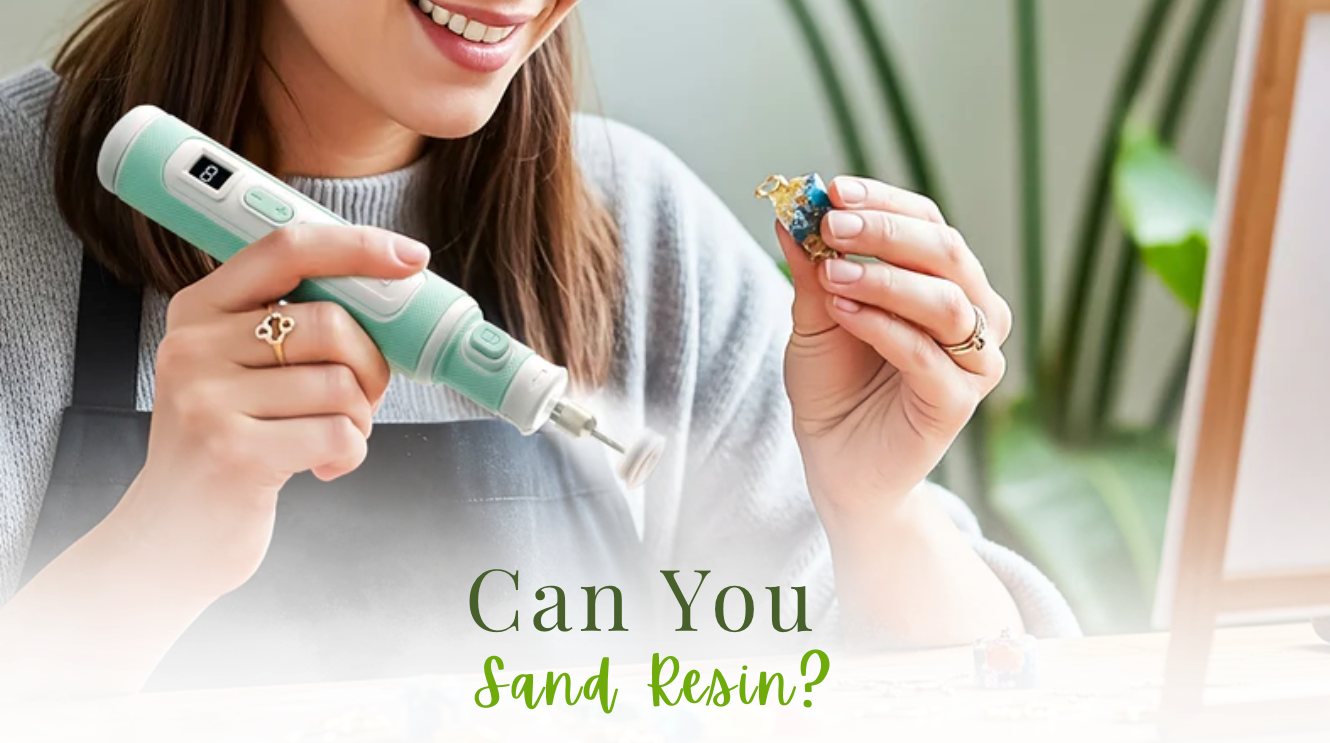
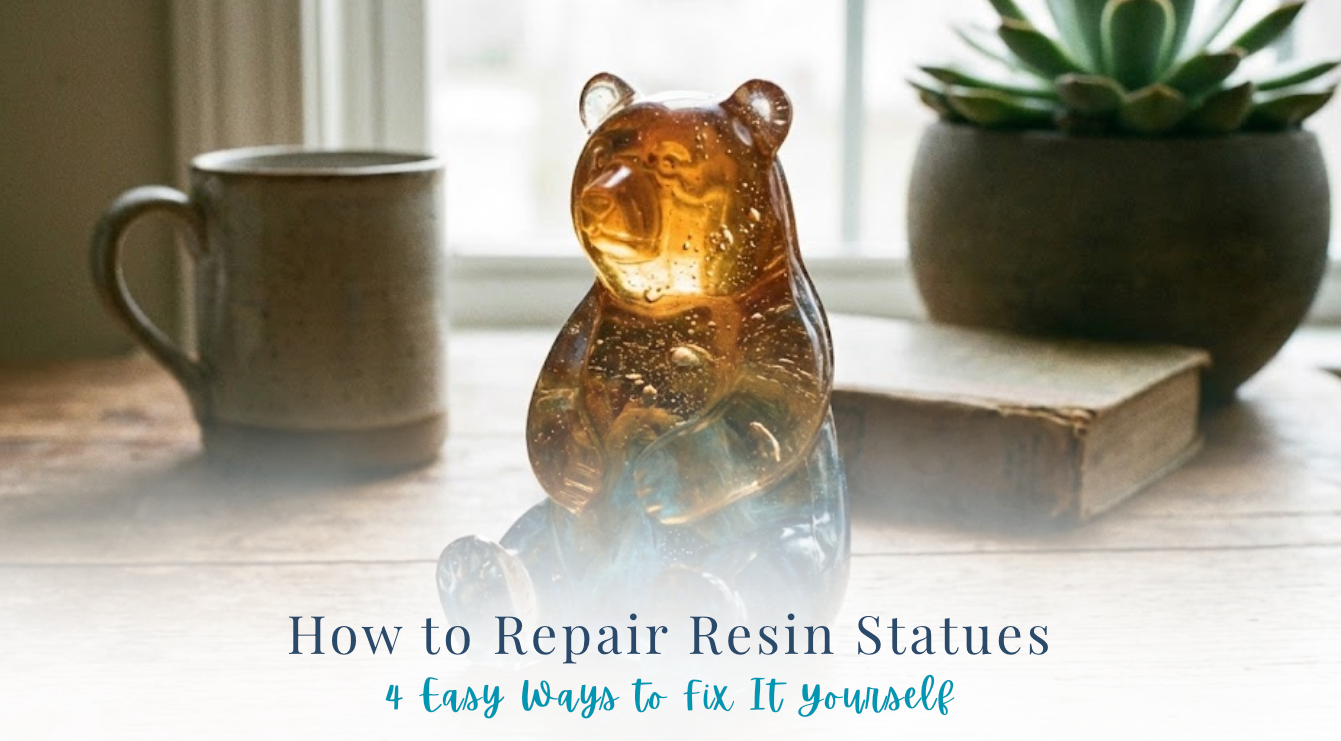

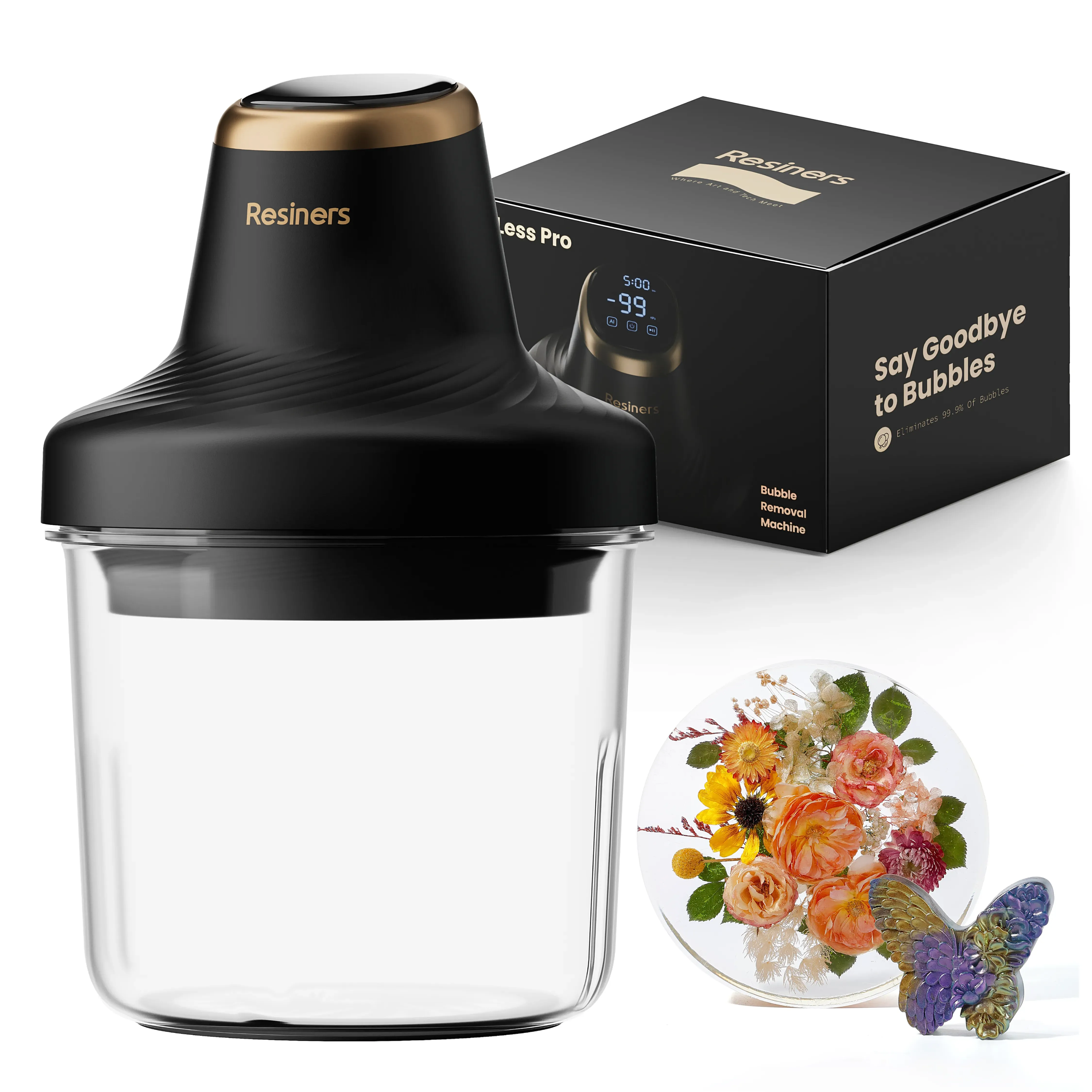
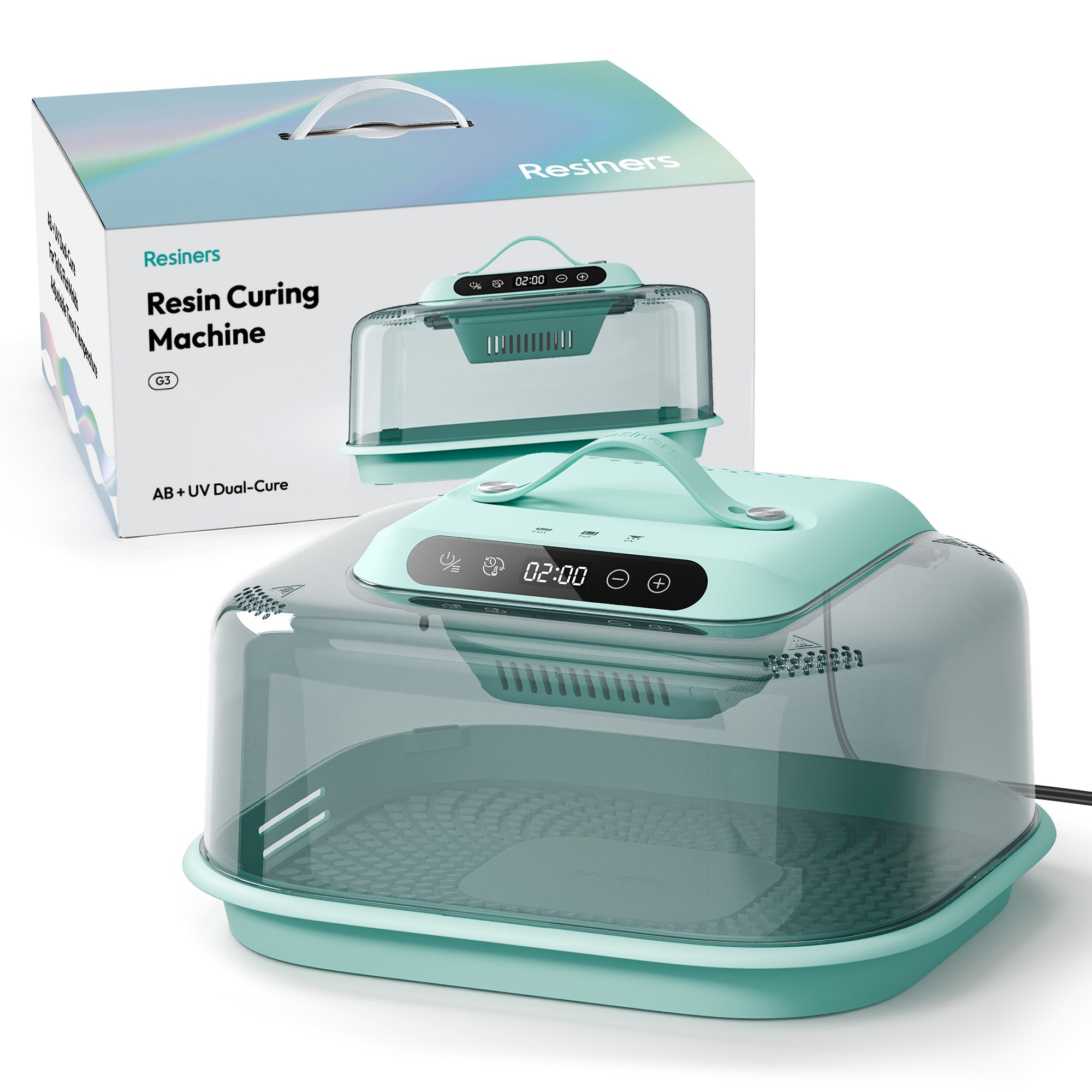

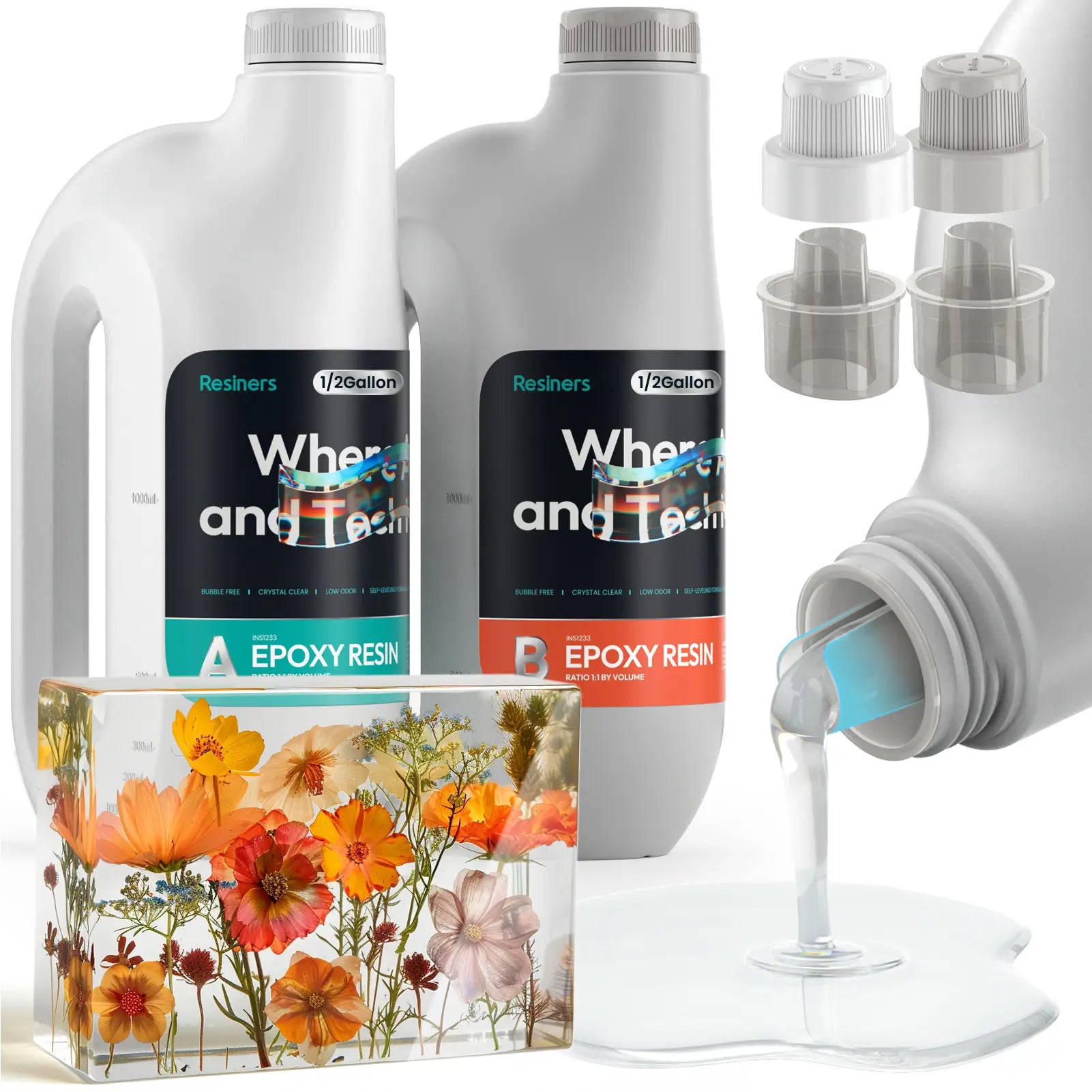
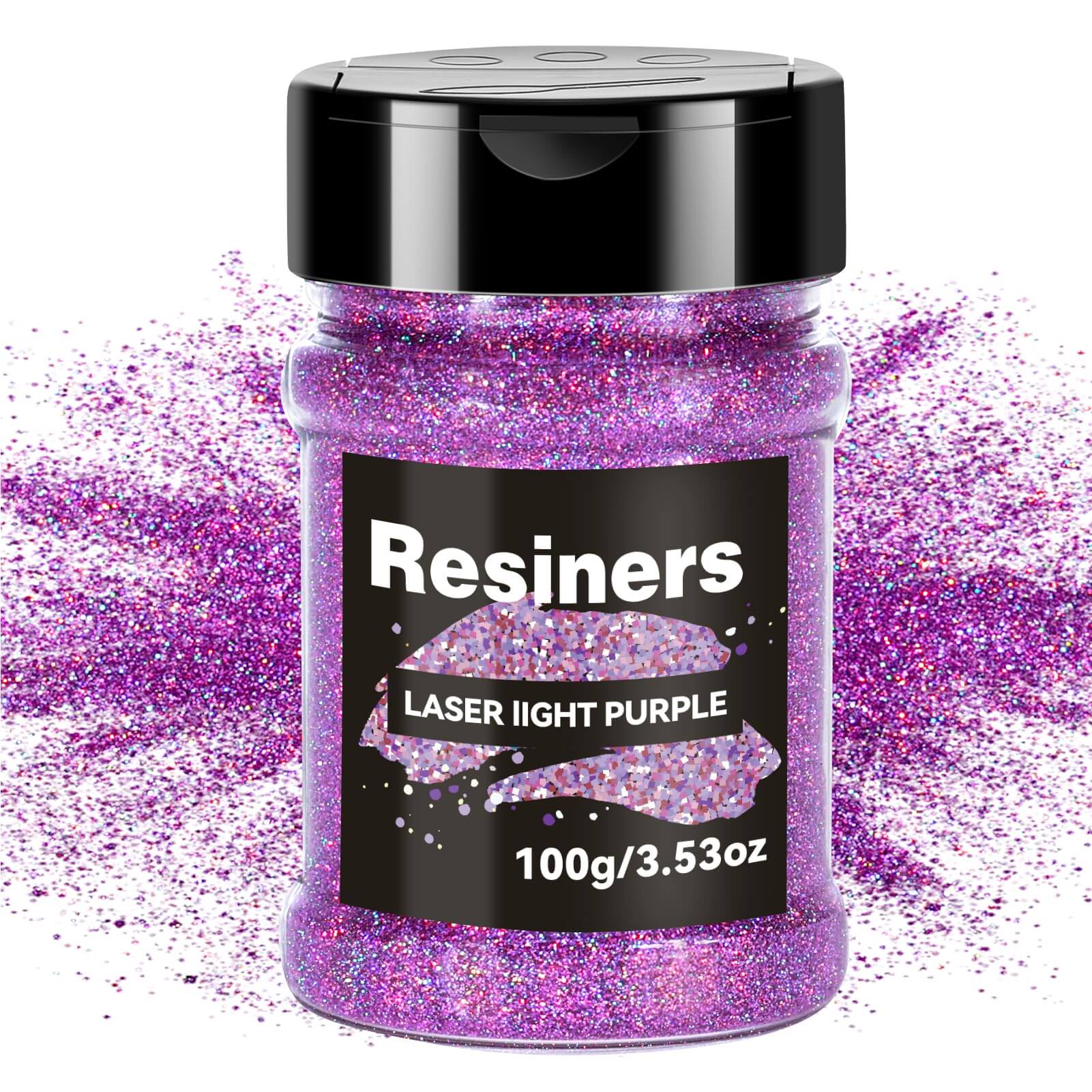
Dejar un comentario
Este sitio está protegido por hCaptcha y se aplican la Política de privacidad de hCaptcha y los Términos del servicio.